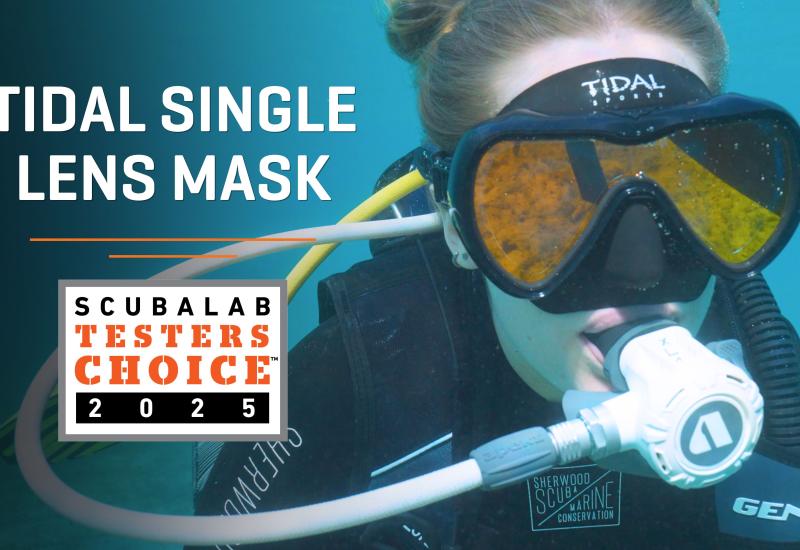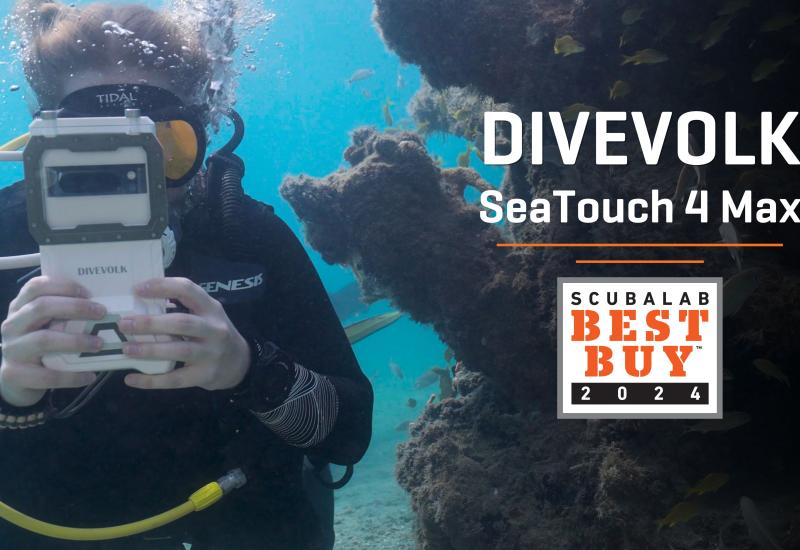5 Design Features that Stood Out in ScubaLab's 2018 BC Test
For ScubaLab’s 2018 BC review, our test divers evaluate each BC on a variety of factors, including attitude, stability, comfort, stowage, ascent control and more. But there are so many different design aspects and features on each BC, that we wanted to go a little more in depth on some of the cool features on the BCs we tested, along with notes on what really stood out.
Storage Space

Jon WhittleThe Beuchat Masterlift X-Air.
This year’s BCs had a wide range of accommodations for accessories. The Beuchat Master-lift’s roomy pockets feature internal D-rings and bungee retainers, and remain easily accessible even when the air cell is fully inflated. Aqua Lung’s Rogue has more modest-size cargo pockets, along with some attachment points. Riptide’s Mutineer and Mira have no cargo pockets and only a pair of D-rings, but do have several places to add optional D-rings and a hidden Velcro pocket in the back pad to store a folded SMB or lift bag.
Locked In

Jon WhittleScubapro’s Super Cinch.
Among the favorite tank-band buckles was Scubapro’s Super Cinch, which has a quick-release stainless latch and a Velcro-secured strap that was secure and simple to operate. Another favorite was Aqua Lung’s GripLock, which also has a quick-release metal latch with a Velcro strap-length adjustment, but with a slightly lower profile than Scubapro’s. Not new but still drawing praise from test divers was Tusa’s Ritetite, which has a two-position cam that holds the strap in place when closed halfway, making it much easier to set up.
Soft or Hard Back Plate?
Like all things scuba, soft and hard BC back plates seem to have their partisan camps. Since this test included a split of back-plate types across all categories — six with soft plates and nine with hard — we thought it would be interesting to compare comfort and stability scores by back-plate type. The results? Combined comfort scores were within one-tenth of a point between soft and hard plates. Stability scores were slightly higher for hard plates, but that was likely more a function of fit than design type, since more of our soft-plate BCs were available in limited sizes. So what did we learn? That comfort and stability in a BC is less about design type than it is about all the complex details of how that design is executed.
Locked and Loaded

Jon WhittleThe Mares Prestige.
Integrated-weight pockets can be a real hassle if you have to struggle to engage the lock. Most BCs make a nice, reassuring click when you hit the sweet spot, but sometimes it isn’t audible or you think you hear it even when you don’t, leading to accidentally dropping weight. External or partially visible buckles, such as those on the Seac Pro 2000 and Beuchat Masterlift X-Air, take out the guesswork and make it easy to line up the lock and visually confirm your lead is properly stowed, even if you missed the initial click. The Mares Prestige takes this idea a step further with the color-coded indicator on the pocket’s handle to let you know you’re good to go.
Escape Plan

Jon WhittleThe Scubapro Bella.
Pull-to-release integrated weights are well-regarded for their smooth, simple release system. Pinch-to-release systems, such as those used in the Mares Prime and Scubapro Bella, add another step to the ditching process. But the benefit is they help ensure weights aren’t accidentally ditched, a nuisance at the surface but a danger if it happens at depth. Some test divers have questioned whether a panicked diver would be able to operate the two-step release during an emergency. But in our experience, panicking divers are perfectly capable of undoing everything and anything. The problem isn’t that they don’t know how to drop the weights, but that they don’t think to do so when they need to. Thorough training and adequate practice will always be the most important safety factors on any dive.










